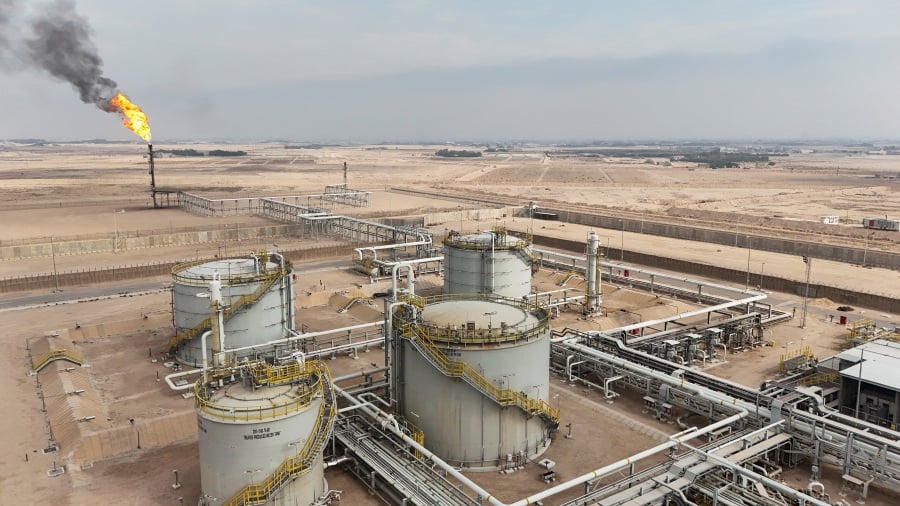Oil prices rose on Friday as markets weigh the threat of tariffs by US President Donald Trump on Mexico and Canada, the two largest crude exporters to the US, that could take effect this weekend.
Brent crude futures for March, which expires on Friday, gained 38 cents at US$77.25 a barrel at 0110 GMT. The more-active April contract was at US$76.23 a barrel, up 34 cents.
US West Texas Intermediate crude (WTI) gained 49 cents to US$73.22.
For the week, Brent is set to fall 1.6 per cent while WTI has declined 2 per cent.
However, for the month of January Brent is set to gain 3.6 per cent, its best months since June, and WTI is set to climb 2 per cent.
Trump has threatened to impose a 25 per cent tariff as early as Saturday on Canadian and Mexican exports to the United States if those two countries do not end shipments of fentanyl across US borders.
It is unclear if the tariffs would include crude oil. On Thursday, Trump said he would soon decide whether to exclude Canadian and Mexican oil imports from the tariffs.
"Crude oil prices fluctuated as investors contemplate the likelihood of US tariffs alongside a flurry of executive orders and policy announcements," ANZ Bank analyst Daniel Hynes said.
In 2023, the last full year of data, Canada exported 3.9 million barrels per day of crude to the US, out of 6.5 million bpd of total imports, while Mexico exported 733,000 bpd, according to the Energy Information Administration, the statistical arm of the Department of Energy.
The increased risk of supply disruptions from the foreign policies of the new Trump administration has kept prices elevated, Hynes said.
"Sanctions on Russia, stopping purchases of Venezuelan oil and maximum pressure on Iran will increase the geopolitical risk premium on oil," said Hynes.
"This could be compounded by the refilling of the strategic petroleum reserve, adding to oil demand," he said.





